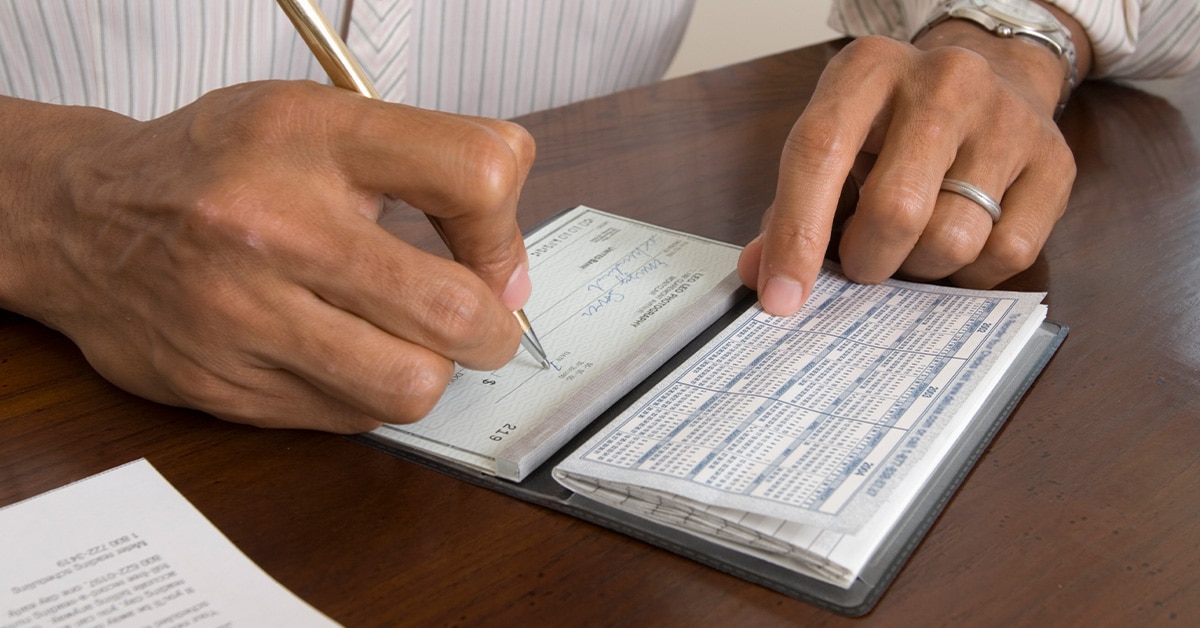How to Properly Endorse a Check and Reduce Fraud

Once you know how to endorse a check properly, you’ll be able to more securely deposit or cash checks and help reduce fraud.
What does it mean to endorse a check?
As it relates to checks, the word “endorse” means to sign one’s name on the back of the check to authorize payment of the amount shown on the front. The endorsement can only be made by the payee — that’s the person the check is made out to. Checks can also be made out to businesses or other entities, and in those cases, there may be a representative who is authorized to sign on its behalf.
Check endorsements are a security measure.
Banks require a valid endorsement before they will take any action with a check, whether it be to cash, deposit, or transfer it. A check endorsement helps the bank verify the identity of the payee, the correct recipient of the funds, authorizes the bank to complete the transaction, and can even confirm how the payee wants the check processed.
Different Types of Endorsements
There are different types of endorsements that you may use, depending on who the check is made out to and how they want the check to be used.
Blank Endorsement
The payee signs the back of the check with no additional note or direction, so the check can be deposited or cashed by anyone, even someone other than the payee who signed it. This is the most used endorsement method, and it’s also the least secure. If you choose this type of endorsement, we recommend signing the check immediately before cashing or depositing it.
Restrictive Endorsement
The payee can use the endorsement area to restrict what actions the bank can take with your check once it’s endorsed, which helps prevent the check from being cashed or transferred if it’s lost or stolen. Types of restrictive endorsements include “For deposit only,” “For deposit only to account #XXXXXXXX,” and “For mobile deposit only.” Writing any of these along with your signature ensures that your check will be deposited only in the way that you’ve designated.
Special Endorsements
Two common types of special endorsements:
- Third-Party Endorsement:
Allows the payee to transfer the check to another party, so only they can cash or deposit it, even if the check is lost or stolen. To do a third-party endorsement, sign your name in the endorsement space, and underneath that write, “Pay to the order of [Person’s Name].” - FBO (For the benefit of) Endorsement:
This is used when a check is made payable to a third party, such as a custodian, on another person’s behalf, such as in trust and custodial arrangements. The restrictive nature of this endorsement provides protection from fraud or mismanagement. With an FBO endorsement, the payee endorses the check, and funds are typically restricted to deposit into the account specified in the trust or custodial arrangement.
Business Endorsements
To endorse business checks, you must be a signer on the business account.
Write the name of the business in the endorsement space, exactly as it’s written on the Pay to the Order of line. Below the company name, sign your name and include your title on the next line. If available, you can also use your business’s endorsement stamp, instead of signing by hand.